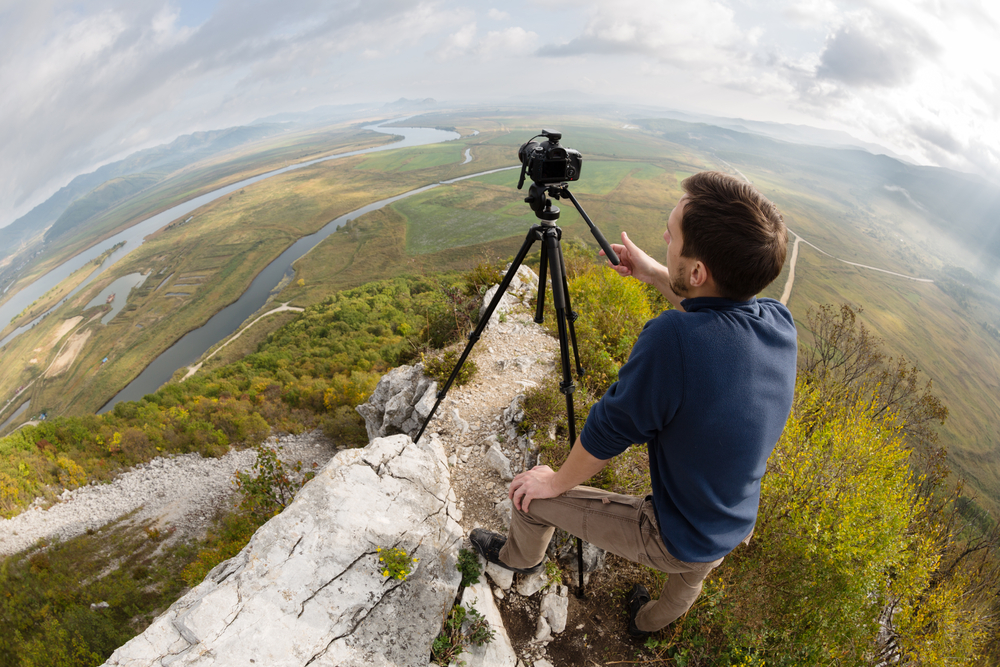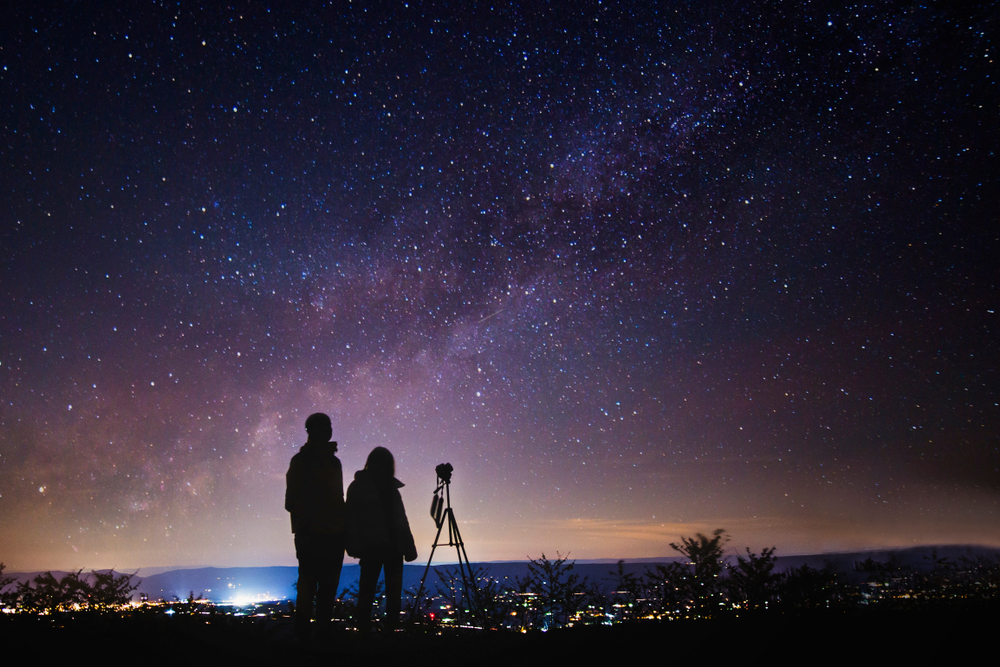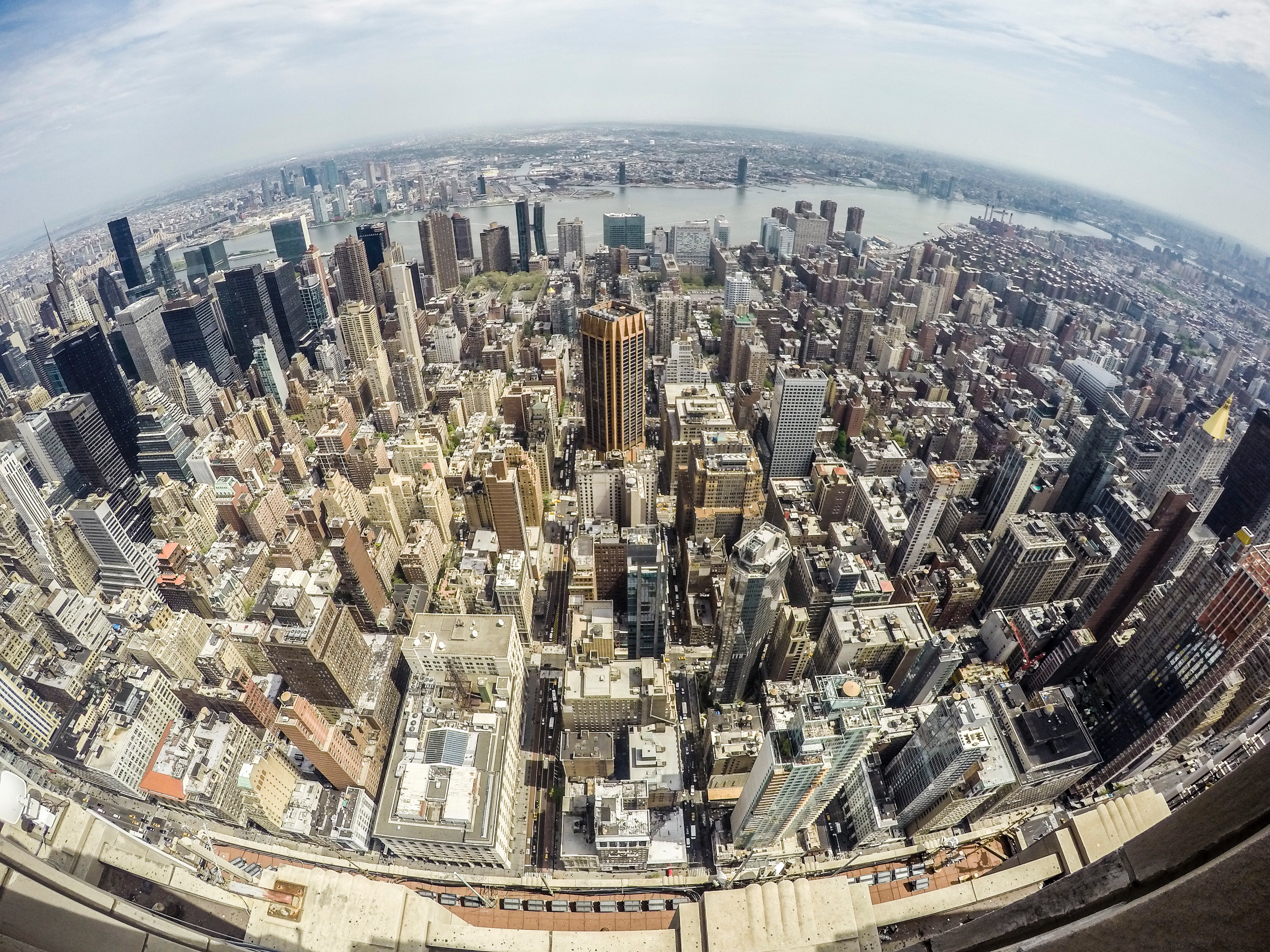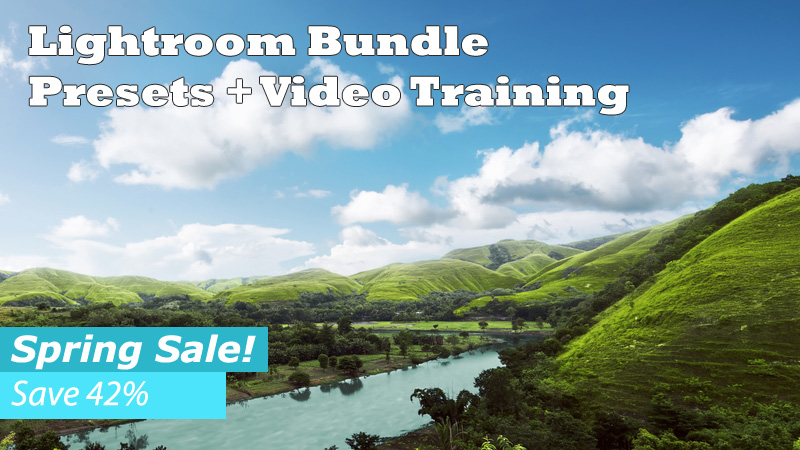Among professional landscape photographers – and professional photographers of many kinds – fisheye lenses are widely considered to be a gimmick. Many photographers think that, due to the distortion and surrealistic effects of a fisheye lens, these lenses do not lend themselves well to landscape photography.
We certainly are not going to tell you that you should purchase a high-quality fisheye lens when you’re just starting out as a photographer. You’ll be much better off building up a collection of lenses that includes telephoto, wide-angle, and other such lenses – at least, when you’re a beginner.
However, fisheye lenses offer unique creative possibilities that cannot be offered by any other type of lens. And while photo editing can be used for “fisheye” effects, it’s never quite the same.

Image by DoublePHOTO Studio from Shutterstock
If you are a more experienced photographer, We really do believe that you can use a fisheye lens. Using a fisheye lens, you can take some really interesting and unique photos. So, in this article, we’ll explore the basics about fisheye lenses, some of the reasons we think they’re so cool, and a few tips that will help you use a fisheye lens in your own photography. Read on, and learn more.
What Exactly Is A Fisheye Lens?
A fisheye lens is a type of prime lens, meaning that it is not able to zoom in or out. These lenses are also known as “ultra-wide-angle” lenses. The design of a fisheye lens allows it to take in an extremely wide angle, and provide you with a huge field of view.

Image by Scott Waldron from Shutterstock
If you’ve ever lived in an apartment building or owned a home with a “peephole,” you’re probably already familiar with how a fisheye lens looks. It distorts the image and curves it, but provides you with a wide field of view – allowing you to see the entire area outside your door.
The term “fisheye lens” was introduced in 1906, and fisheye lenses were first used professionally in the 1920s to study cloud formations, and take whole-sky photographs, hence the alternative nickname “whole-sky lenses.”
The angle of view of a fisheye lens usually ranges from about 100-180 degrees, depending on the lens. The focal length for most full-frame fisheye lenses is about 8 millimeters.
In contrast, a traditional “wide angle” lens usually has an angle of view of between 64° and 84. Thanks to the curved, distorted image a fisheye lens provides, it can more than double this measurement – allowing you to capture more of your surroundings, albeit in a distorted manner.
Why Should I Get A Fisheye Lens?
So, a fisheye lens allows you to get an enormous field of view, and introduce some unique distortion and curves that you can’t get with any other lens. Pretty cool, right? Not convinced that you should get a fisheye lens? Here are a few reasons that a fisheye lens is a good addition to your gear bag.
- They’re great for astrophotography – If you want to take photos of the night sky and get as much of the sky in your photograph as possible, a fisheye lens is definitely the right choice. When shooting the sky, the effects of distortion are minimal – and can also be used for artistic effects.

Image by Martina Badini from Shutterstock
Using a fisheye lens, you can capture more stars than you would ever be able to with a traditional wide-angle lens. You can also distort the landscape and the horizon, which can provide some truly gorgeous, surreal effects thanks to the ghostly beauty of the night sky.
- You can take stunning photos from great heights – A fisheye lens is a great way to introduce a feeling of “vertigo” when shooting from high places like cliffs, mountains, or even tall buildings, if you like taking cityscapes. You can distort the view, get close to the ground and include it in the shot – the opportunities are limitless, and you can get extremely creative with your fisheye lens.

Photo by Anuj Gogari | Unsplash License
- Distortion can work to your advantage – Distortion is not always a bad thing. You can use distortion to create compositions that would not be possible with other types of lenses. Imagine that you’re in California in the Redwood National Park, and you’re surrounded by redwoods that are reaching into the sky, towering over you.
A fisheye lens is a great way to capture the true beauty and majesty of these trees – you can lie back, take a shot, and watch the trees bending and soaring into the sky! By playing with distortion, you can add unique effects and atmosphere to your photos that may otherwise be impossible to capture. - You can experiment with perspective – A fisheye lens truly changes how you see your photographs. This can’t be said for any other type of lens, at least not to the same extent as a fisheye lens. You can’t zoom with a fisheye lens, but you can still play with perspective in a lot of other ways.

Image by Dabarti CGI from Shutterstock
Try taking some shots from low to the ground, pointing upward. Get close to your subject – then back away. Try shooting with weird angles. The angle and distance to your subject will change how the lens distorts the image – allowing you to get a ton of totally unique photos and shots.
Have we convinced you yet? we hope so. A fisheye lens is a great way to open up more creative possibilities if you’re an amateur photographer, and can help you get a new perspective on your favorite subjects.
Our Tips For Shooting With A Fisheye Lens
Convinced that you need a fisheye lens? Great! Need some tips for shooting? Here are a few of our top pieces of advice.
- Play with the center of your image – The center of your image will typically be the least-distorted, so play around with how you’re centering your lens. If you want a very dramatic distortive effect, keep the center of your image away from the horizon. Conversely, if you want to minimize distortion, keep your image centered on the horizon or your subject.
- Don’t be afraid to experiment – It will take some time before you understand the creative possibilities of a fisheye lens. So go nuts! Take as many photos as you want, and try to be as creative as you can. Experimentation is the best way to get a feel for your new lens, and start taking better photos.
- Look for natural curves– If you take photos of an object with a lot of natural curves, the distortion of a fisheye lens will add another layer of surreal effects to it, and create some truly incredible compositions.
- Look for straight lines and angles – You don’t need to just shoot curves. Using a fisheye lens to bend and distort straight lines – such as skyscrapers towering over your city – can also create unique effects.
- Don’t be afraid to edit – Some photo processing software can actually smooth out some of the distortion of a fisheye lens. Once you’ve taken some great shots, play around with Lightroom, Photoshop or your favorite photo editing software, and see what kinds of cool effects you can achieve by using these tools.
- Consider renting or borrowing a fisheye lens first – If you’ve never used a fisheye lens, we would recommend that you try renting a fisheye lens before you buy one. Fisheye lenses usually start at around $200-$300, so they won’t break the bank – unlike some zoom and telephoto lenses.
However, we will admit that fisheye photography is not for everyone. Because of that, it may be wise to rent or borrow a fisheye lens and try it out for yourself before you buy one.

Photo by Scott Webb | Unsplash License
Shop For Fisheye Lenses Now (You Won’t Regret It!)
A fisheye lens is not right for everyone – and it’s not right for every subject. However, having a fisheye lens in your bag will open up more creative possibilities, which is always a good thing. They’re inexpensive, and experimenting with them can be a lot of
Ready to get started? Pick up a fisheye lens today, start shooting, and unlock even more creative possibilities! we guarantee you won’t regret it, and you’re sure to get some absolutely spectacular shots whether you love landscapes, nature photography, or cityscapes.

olive tones preset